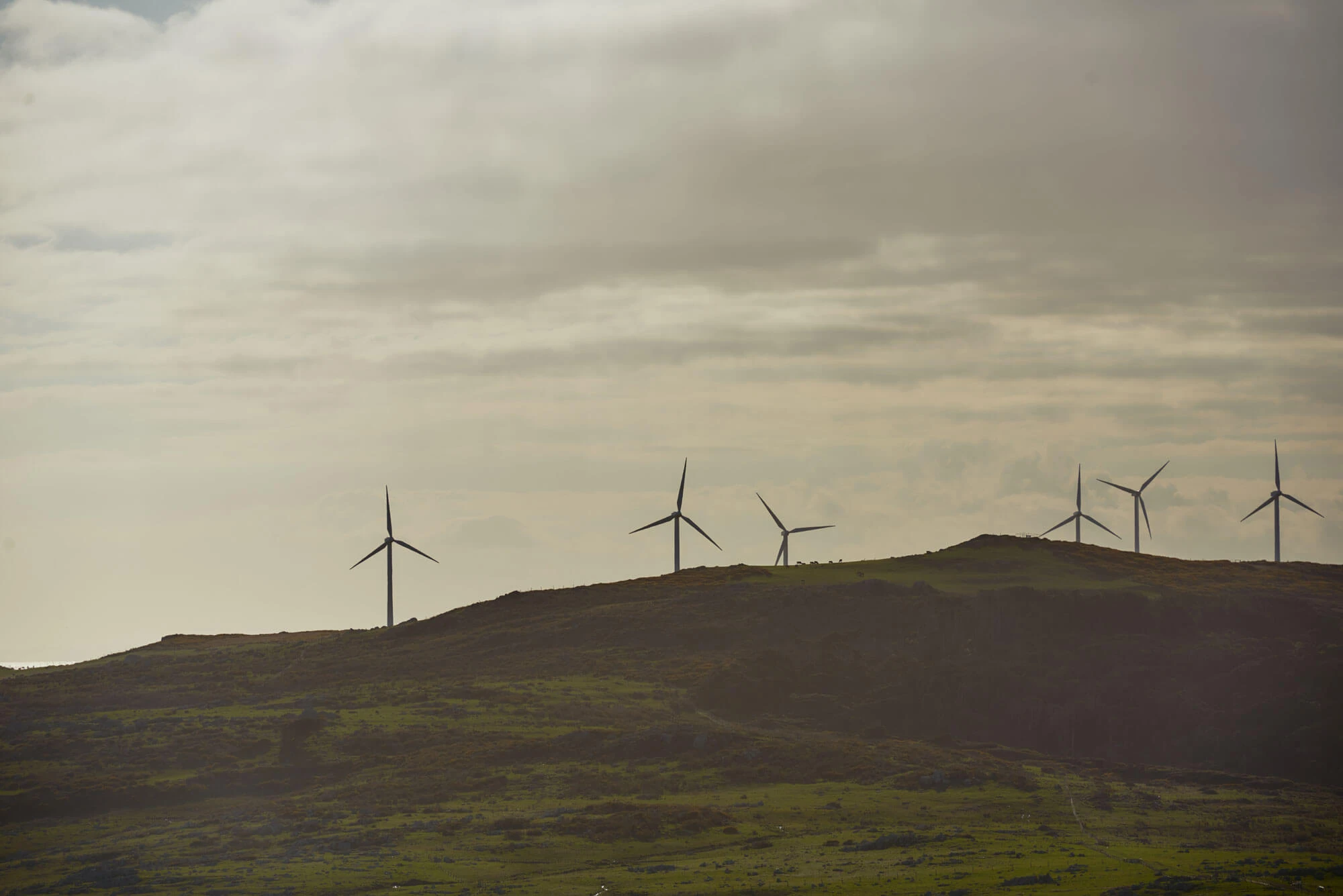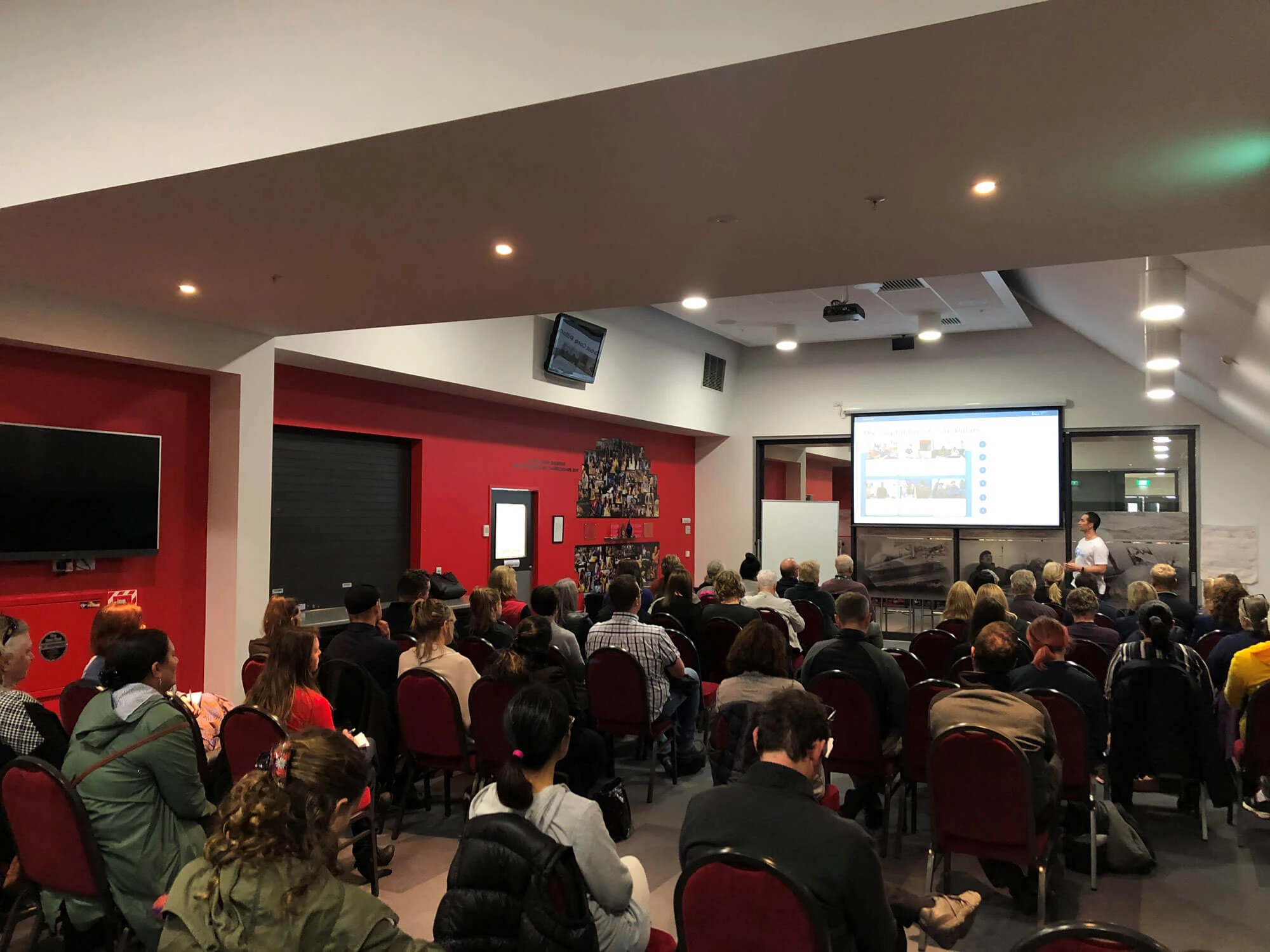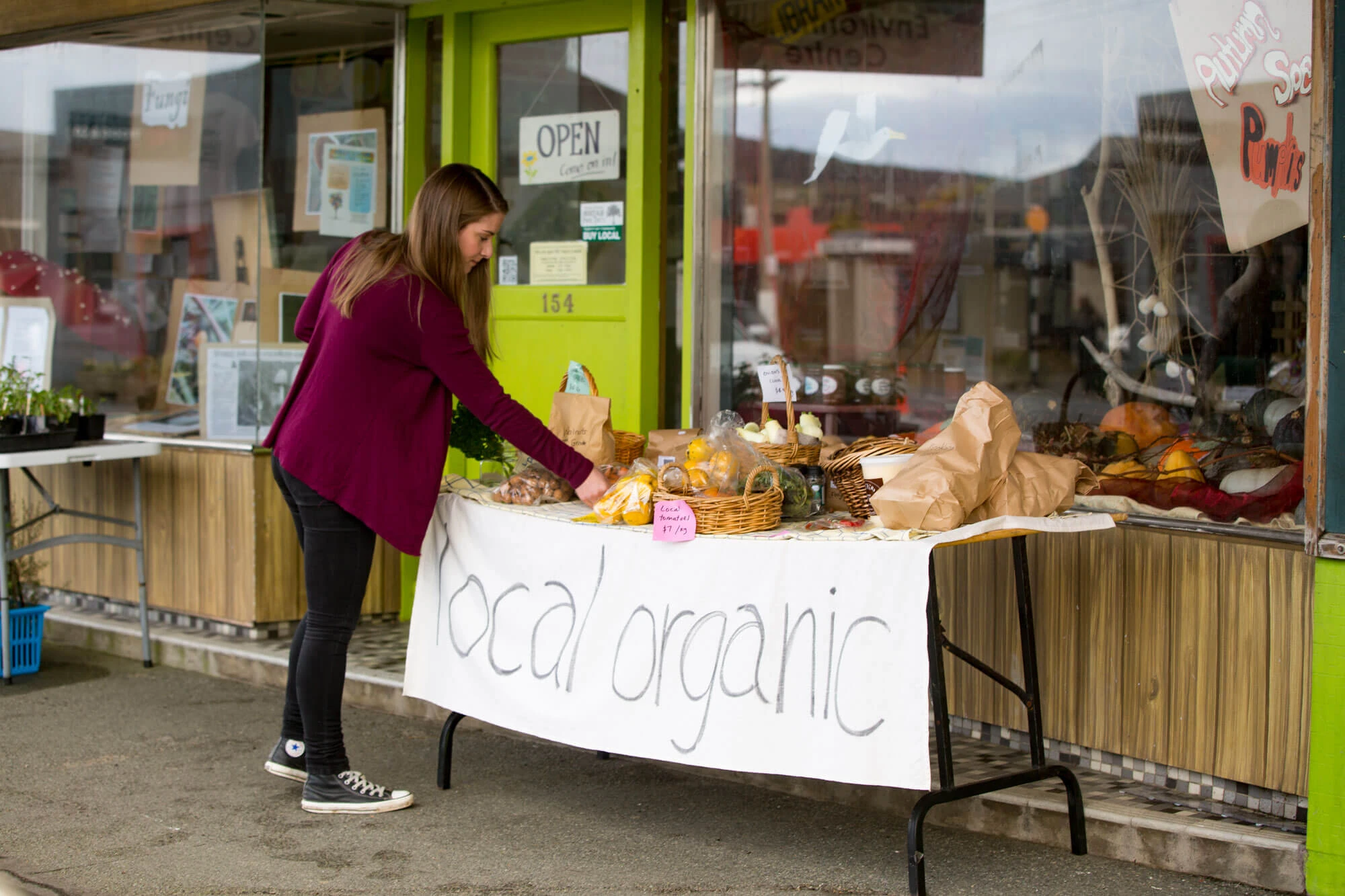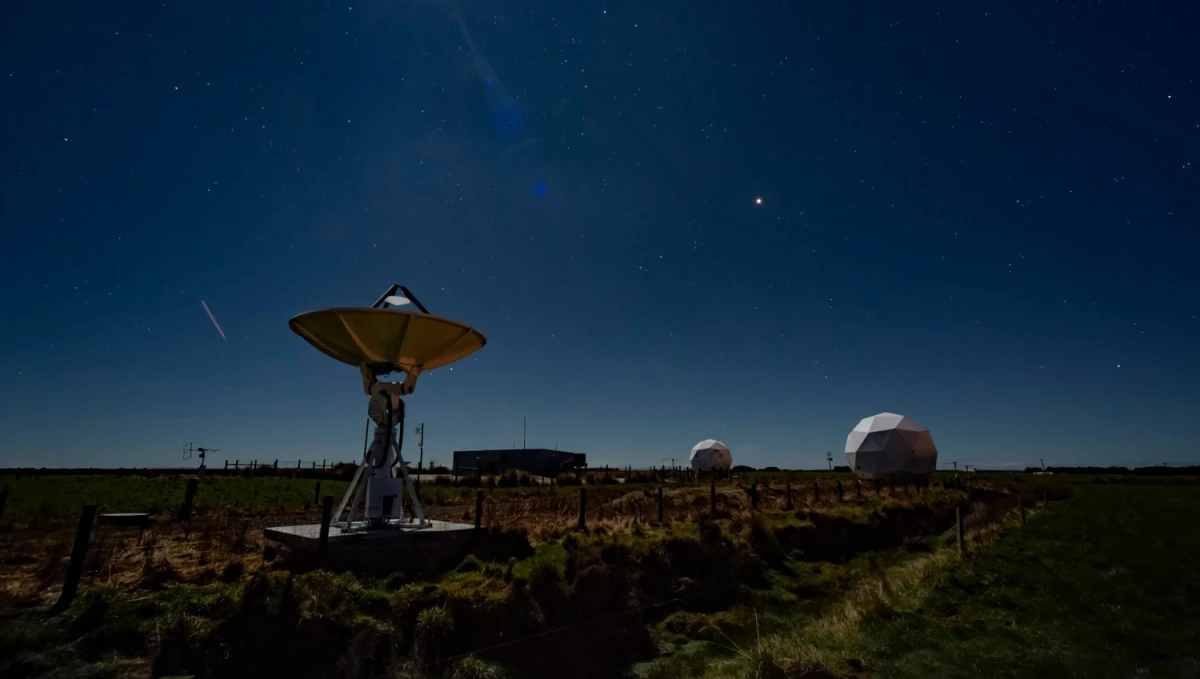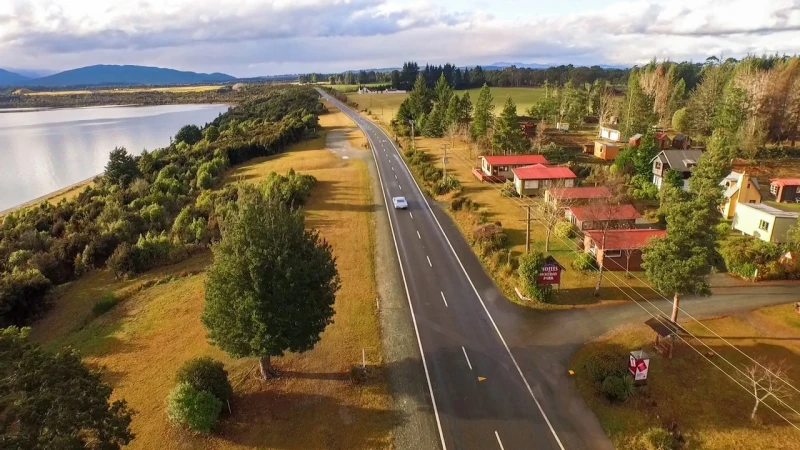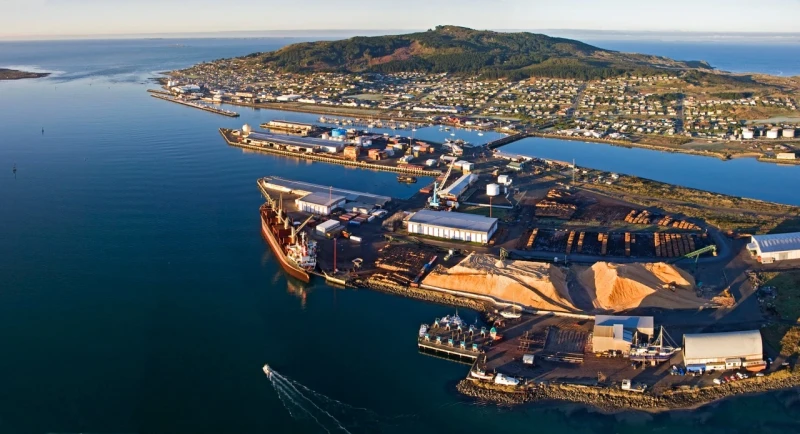Murihiku Southland continues to maximise opportunities to diversify its economy by building on a strong primary sector foundation and its natural advantages of location and climate.
Our current record high GDP of $7.4 billion will only be bolstered by significant large-scale projects and new industries which will not only ensure we have a more resilient economy, but also will provide job and career opportunities for our people. Even with significant constraints with housing and workforce, over the past 5 years our economy’s GDP growth rate has been over twice the national growth rate.
The two most significant opportunities are aquaculture and tourism because of their scale and potential. However, the cumulative impact of a number of other opportunities alongside existing sector extension is also important. These include southern green hydrogen, data centres, land use diversification and satellite ground stations to name a few. Modelling of these indicate economic benefit which also needs to be considered alongside each project’s timeframe for implementation, workforce, housing and energy requirements.
With this in mind, it is important that there is regional coordination and advocacy to support many of these private sector driven initiatives. The five key enablers identified in the Beyond 2025 Southland plan are important including the availability of data and insights to support investigation of opportunities, enabling regulatory and planning rules, and available housing, workforce and energy.
Murihiku Southland’s Regional Development Agency, Great South coordinates diversification initiatives for the region while also progressing individual opportunities.
Beyond 2025 identified three key areas for diversification currently underway:
- New Zealand Functional Foods
- Space Operations New Zealand
- Data Centres (Datagrid and T4)
